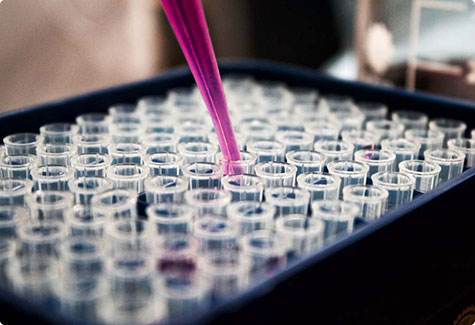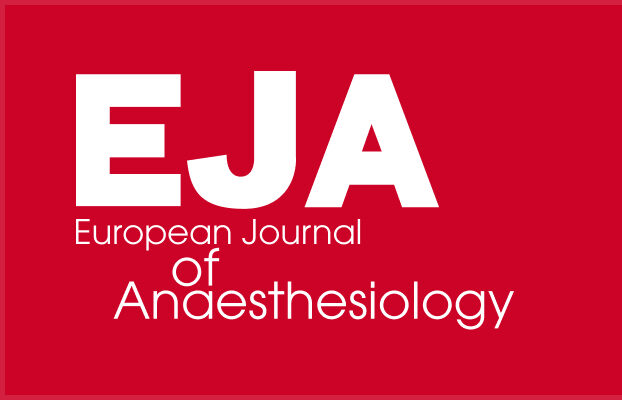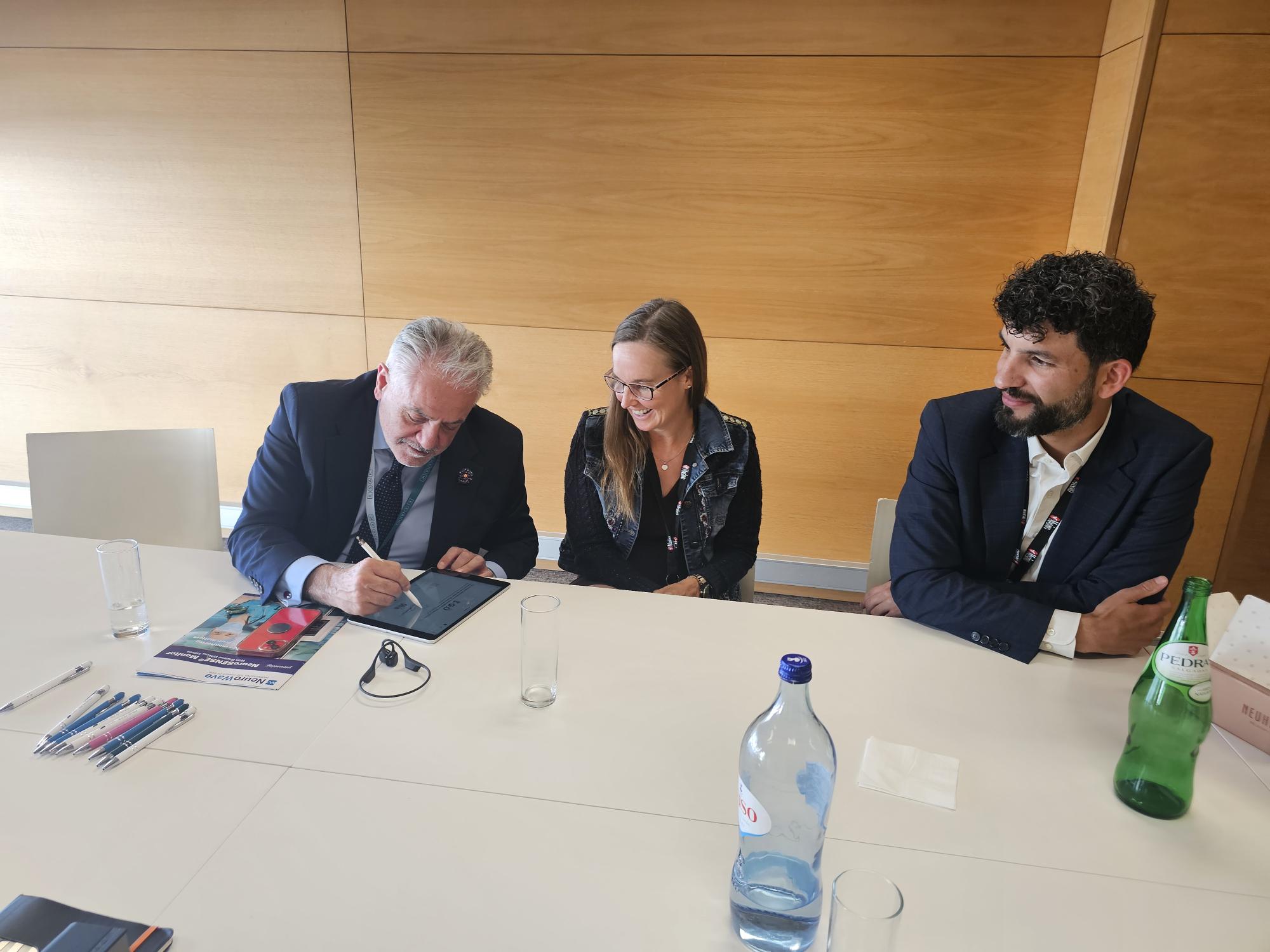Congress Newsletter 2025
Baxter at Euroanaesthesia 2025
Baxter to host a non-promotional symposium that challenges what we know about volatile anaesthetic gases, entitled “A Paradigm Shift: Let the Science Speak for Itself on Climate Impact of Volatile Anaesthesia” to be held on Monday 26 May at 12:30pm, at Room Faro, first floor @ Euroanaesthesia 2025.
Baxter International Inc. is pleased to be hosting a non-promotional symposium inviting as speakers the authors of a recently published independent study (“Climate Change, Emissions of Volatile Anesthetics, and Policy Making: the Case of Desflurane – Anesthesia & Analgesia, Feb. 13, 2025): dr. med. Laurentiu Marin, MD, an anaesthetist and independent researcher based in Switzerland, and dr. Robert Kleinberg, PhD, a physicist with over a decade of experience in climate science (Center on Global Energy Policy, Columbia University, New York, and Boston University, Massachusetts).
Contrary to previous discussions on the effect of inhaled anaesthetics on global warming, this study highlights that the commonly used metric of global warming potential (GWP) or CO2- equivalent is not a suitable way to measure the effect of anaesthetic gases on climate change[1]. Instead, evaluating the link between greenhouse gas emissions and incremental changes in the global mean surface temperature of the earth using validated analytical equations is a more appropriate estimation.1
The authors highlight the critical importance of using appropriate context and metrics when applying environmental science to healthcare and present a more appropriate approach1.
Using calculations based on analytical models vetted and published by the Intergovernmental Panel on Climate Change (the United Nations body for assessing the science related to climate change), continuing current emission rates of desflurane for the next 100 years will not result in continuous increases of global average temperature. Rather, what occurs according to the study, is that a steady-state atmospheric concentration of desflurane is reached, resulting in a step increase in global mean surface temperature of 0.00015°C by the year 21241. The study also highlights the temperature increase linked to desflurane would be reversed within decades after emissions cease, supporting the content of Slingo and Slingo2 that the effect on climate of desflurane emissions will be lost within the natural variability of the climate system. In contrast carbon dioxide lingers in the atmosphere for thousands of years after being emitted.
These new data provides a clear understanding of desflurane’s impact on global surface temperature, enabling clinicians to make more informed decisions, the authors say, and this symposium will provide an opportunity for healthcare professionals to engage with the latest independent environmental findings and to discuss the challenges of the anaesthesia landscape.

References
- Marin L, Kleinberg RL. Climate Change, Emissions of Volatile Anesthetics, and Policy Making: The Case of Desflurane. Anesth Analg. 2025 Feb 13.
- Slingo & Slingo. The science of climate change and the effect of anaesthetic gas emissions, Anaesthesia, 2024. doi:10.1111/anae.16189










